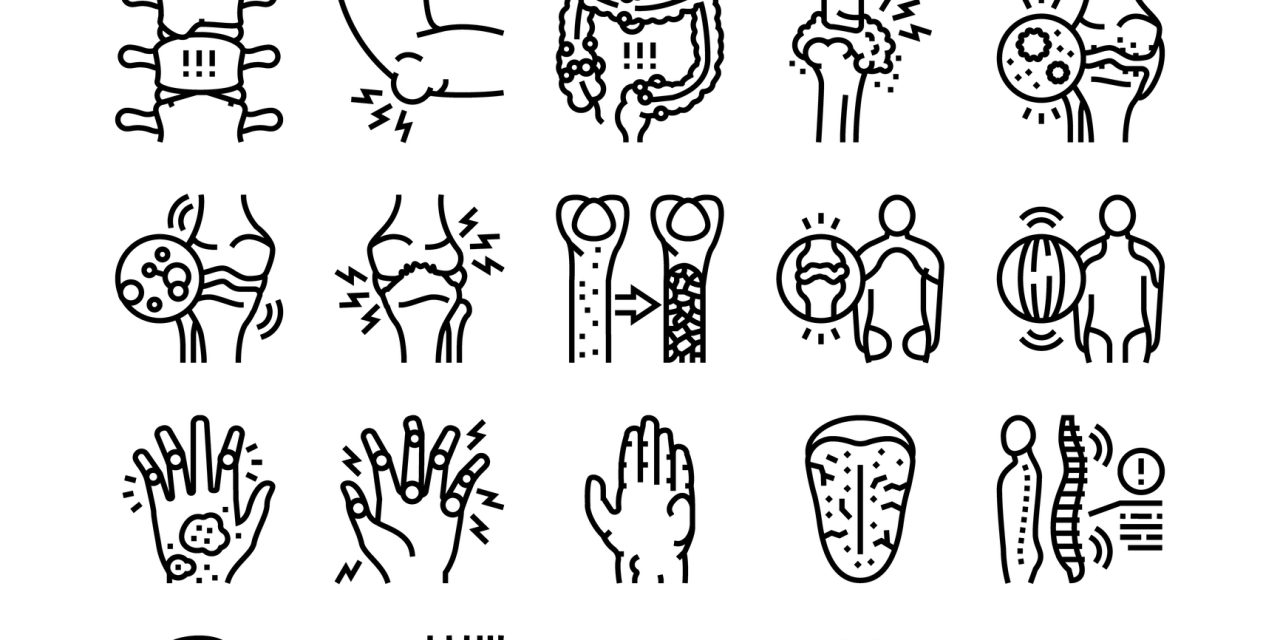To examine the cross‐sectional association of ascending pain mechanisms (APM), implicated in pain sensitization (PS), and descending pain modulation with pain patterns and unpredictability of pain. The Multicenter Osteoarthritis (OA) Study is a longitudinal cohort of older adults with or at risk of knee OA. Peripheral and central APM were assessed using quantitative sensory tests (QST), pressure pain thresholds (PPTs) using a handheld pressure algometer (knee/peripheral and wrist/central), temporal summation (TS) using weighted probes (wrist/central). Descending modulation was assessed by conditioned pain modulation (CPM) using PPTs and a forearm ischemia test.
Pain patterns were characterized based on responses to the Intermittent and Constant OA Pain (ICOAP) questionnaire:
1) no intermittent or constant pain;
2) intermittent pain only;
3) constant pain only, and
4) combined constant and intermittent pain.
A frequency question assessed unpredictable pain. We assessed the association of QST measures to pain patterns using regression models with generalized estimating equations. There were 2794 participants (mean age 63.9, BMI 29.5 kg/m2, 57% female). Lower PS (by wrist PPT) OR = 0.80 (95% CI 0.68, 0.93) and adequate CPM, OR = 1.45 (1.10, 1.92) were associated with having constant +/‐ intermittent pain compared with intermittent pain only. Higher PS (by PPT and TS) was associated with a higher likelihood of unpredictable pain.
Knee pain patterns appear to be related to peripheral +/‐ central facilitated APM and descending modulatory mechanisms. These findings highlight the need for a broader approach to understanding pain mechanisms by symptomatic disease progression.


